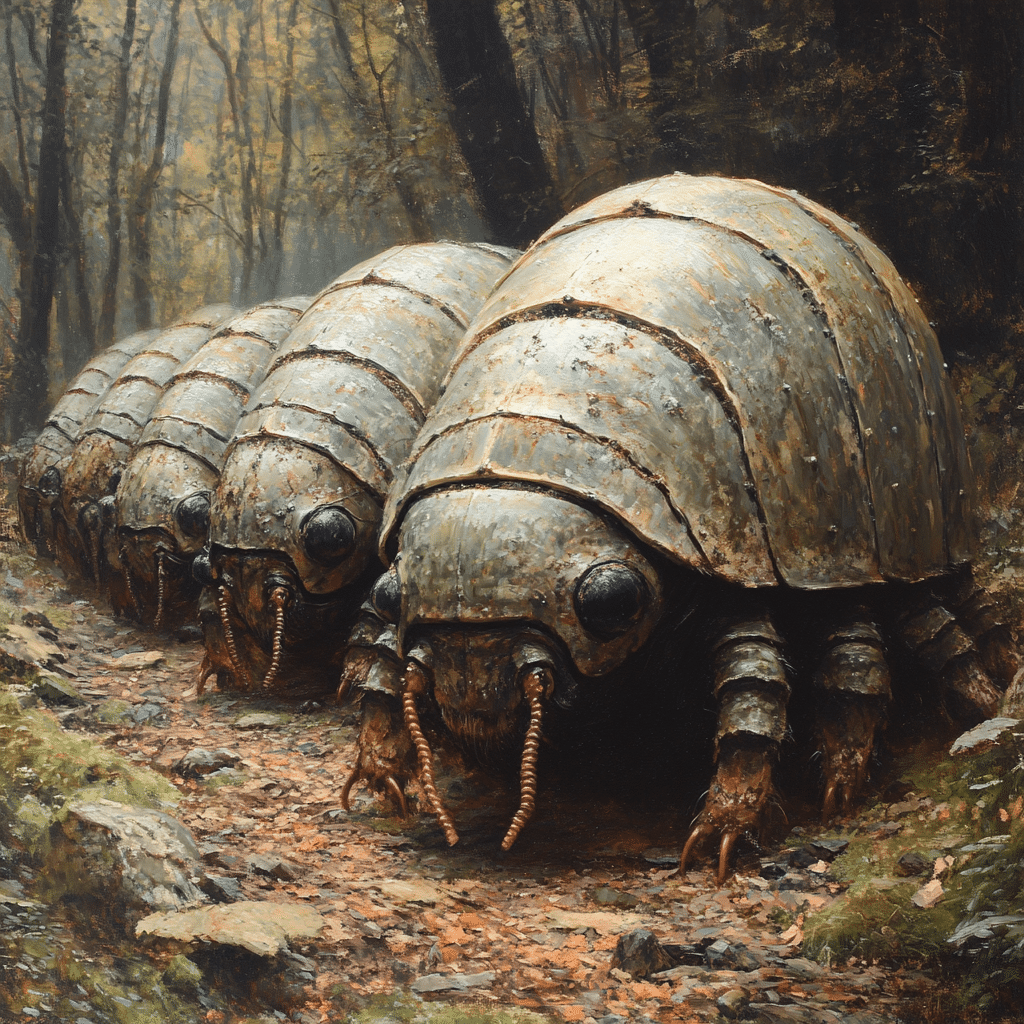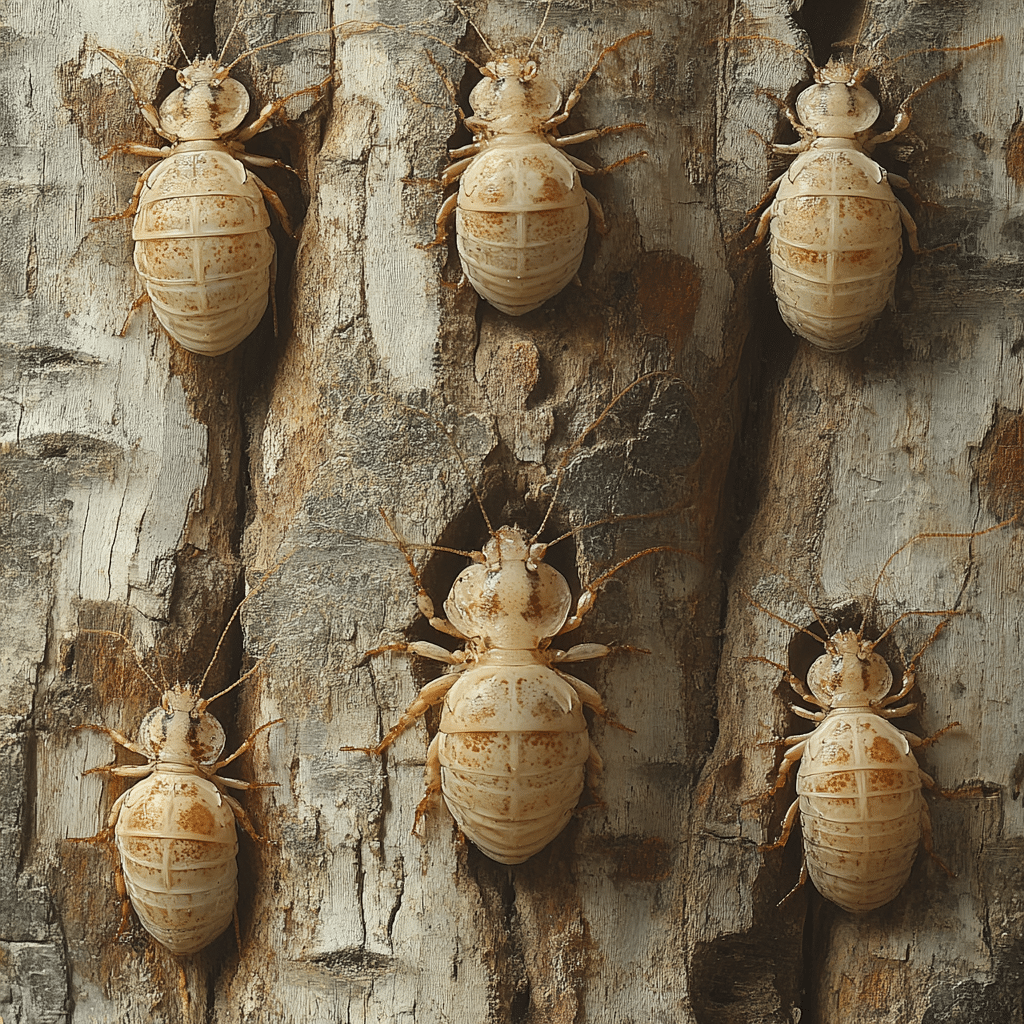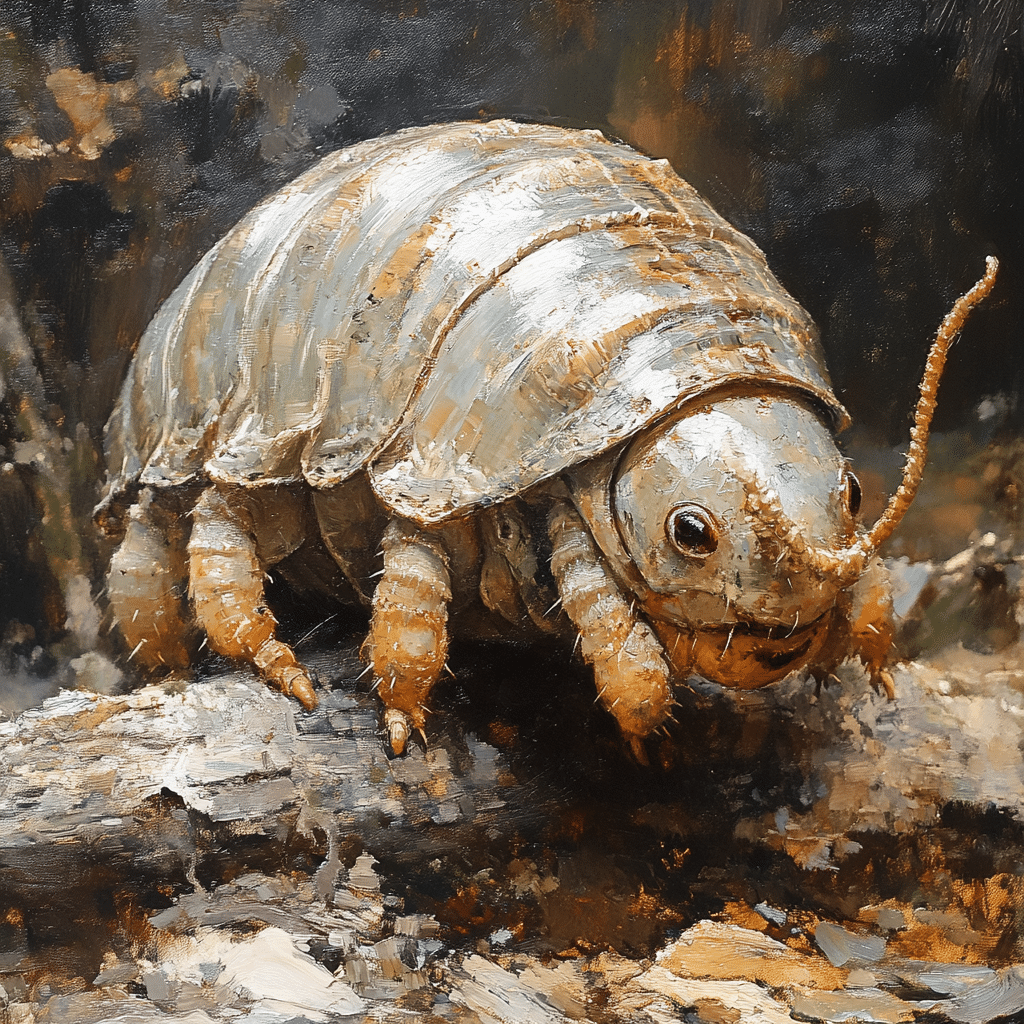Woodlice, often ignored or misunderstood, play an incredibly vital role in ecosystems across the globe. These tiny crustaceans, a common sight under rocks and logs, are sometimes wrongly categorized as insects. In reality, woodlice belong to the class Malacostraca within the subphylum Crustacea, which also includes familiar marine creatures like crabs and shrimp. As we delve into the wonderful world of woodlice, we’ll uncover their remarkable traits and explore why they ought to be celebrated as unsung heroes of nature’s intricate cycles.
Understanding Woodlice: Nature’s Unsung Heroes
Woodlice are essential players in nutrient cycling and soil health. With no significant health risks to humans, their only potential downside is superficial damage to wooden items. Their primary diet consists of decaying plant matter, dead animals, leaf litter, fungi, and even their own waste through a fascinating process known as coprophagy. This not only aids decomposition but enriches the soil, promoting plant growth.
Interestingly, there are about 30 species of woodlice in the UK alone, showcasing a vibrant palette of colors from brown to pink. While their presence indoors might signal excessive moisture caused by dampness or condensation, they often venture inside to escape the cold. Regardless of their occasional intrusion, woodlice remain harmless and are a crucial aspect of maintaining ecological balance.
These diminutive creatures have a unique life cycle that further captivates researchers. Female woodlice possess a protective pouch where they nurture their eggs for about 40 to 50 days before the young hatch. Afterward, the juveniles remain with their mothers for a few months, gaining essential protection as they develop. This method of care leads to a higher survival rate compared to other aquatic crustaceans.

The Top 7 Fascinating Facts About Woodlice
The Ecological Importance of Woodlice in Natural Cycles
The ecological significance of woodlice is profound. By facilitating the breakdown of organic matter, they enhance soil fertility, thus promoting healthier plant growth. Research from the University of Exeter highlighted how woodlice contribute to the nutrient cycle, with their waste being packed with essential nutrients that revive the soil.
Moreover, woodlice act as a critical bridge in the food web. They are a primary food source for various wildlife, including birds, toads, and centipedes. Their role in this chain stabilizes ecosystems and supports biodiversity, emphasizing that even the smallest of creatures can wield substantial influence.
Maintaining the balance of ecosystems means acknowledging the contribution of woodlice. Their presence indicates healthy soil and thriving plant life, showcasing the interconnectedness of all living organisms. Black and white illustrations of woodlice can often be found in ecological studies that underscore their role in environmental monitoring.

Innovative Ways to Observe and Engage with Woodlice
There are plenty of entertaining ways to engage with woodlice that can ignite curiosity in nature lovers. Citizen science initiatives like the “Woodlice Monitoring Project,” sponsored by the British Ecological Society, invite volunteers to document local woodlice diversity. This not only broadens understanding but fosters appreciation for these remarkable creatures.
Families looking for educational activities can create woodlice habitats in glass terrariums. Observing their behaviors—such as feeding and clustering in groups—offers an engaging learning opportunity that piques interest in ecology.
In helping woodlice conserve their habitats, individuals also learn about the essentials of maintaining biodiversity. Initiatives that protect wetland areas and highlight responsible land use can promote understanding of woodlice’s place in the ecosystem. Through these stewardship efforts, communities enhance their connections to the natural world.
A Call to Acknowledge Woodlice
In an inconstant world where larger wildlife often gets the spotlight, woodlice remind us that every creature plays a vital role in the greater scheme of life. From nutrient recycling to stabilizing ecosystems, woodlice bring immense value that shouldn’t go unnoticed.
Recognizing woodlice’s importance can lead to more sustainable land practices and conservation efforts. As stewards of the planet, we must veer towards understanding that it’s the little things—like woodlice—that ripple through our ecosystems, making a big difference.
As we advance into a future that intertwines with nature more than ever before, let’s cherish woodlice for their wondrous attributes and appreciate their essential place in nature’s complex cycle. By fully acknowledging the role of these creatures, we can foster a deeper connection to biodiversity and ecological balance, ensuring healthy environments for generations to come.
Woodlice: Nature’s Unsung Heroes
Fascinating Facts About Woodlice
Did you know that woodlice are the only crustaceans that can live on land? That’s right! While most of their aquatic relatives thrive in water, woodlice have adapted brilliantly to terrestrial life. Their fascinating ability to absorb moisture through their gills allows them to stay hydrated. And speaking of hydration, much like ensuring your plant gets enough water, woodlice are crucial for maintaining soil health by breaking down organic matter. This can have a positive impact akin to how the Usda single close construction loan simplifies financing for new homeowners, providing necessary support for growth.
These creatures may remind you of the adorable characters in “Arthur,” but let’s not forget, they play an essential role in nature by decomposing dead plant materials. As they munch away, they recycle nutrients back into the soil, supporting plant life much like how a “work café” fosters community interaction. This process is vital; without these natural recyclers, our ecosystems would struggle to maintain balance!
Woodlice in Culture and Science
Interestingly, woodlice have sparked curiosity not just in gardens, but also in science and folklore. People have been fascinated by them for centuries, often learning their significance in maintaining ecological balance. They even appear in various literary references, reminding us of their quirky charm! Much like deciphering the Wyn meaning, our understanding of woodlice illuminates their role in science. They can even mirror the startup process of a new café, where each lunch brings together diverse people, potentially echoing the insights found in the Worcester Evening News.
Moreover, studies show that the numbers of woodlice can indicate the health of an ecosystem—good or bad! The stats surrounding woodlice populations can tell scientists much like how Bayer Leverkusen Vs Borussia dortmund Stats provide insights into football team performances. These tiny creatures are truly remarkable, showcasing how even the smallest beings contribute significantly to our environment. So next time you spot one in your garden, consider it a tiny guardian of nature’s cycle!

What do Americans call woodlice?
In North America, woodlice are commonly referred to as pillbugs or sowbugs.
Is woodlice harmful?
Woodlice are harmless and don’t pose any health risks to humans. While they might nibble on wooden furniture, they’re generally benign and don’t cause significant damage.
What is the purpose of woodlice?
Woodlice play an essential role in the ecosystem by breaking down dead plants and animals, recycling nutrients back into the soil, and contributing to soil health.
What causes woodlice in the house?
If you see woodlice in your house, it often means there’s too much moisture around due to dampness or condensation. They might also come inside to escape cold weather.
Are woodlouse bugs bad?
No, woodlice aren’t bad; in fact, they can be beneficial in your garden by aiding decomposition. They don’t bother humans or pets.
Why are woodlices called chucky pigs?
The nickname “chucky pigs” comes from their tendency to curl up into a ball when scared, which some folks find cute and similar to how a little piglet might act.
Are woodlice and roly polys the same?
Yes, woodlice and roly-polys refer to the same group of creatures, with “roly-poly” often being used in the US and “woodlice” being more common in Europe.
Can woodlouse bite?
Woodlice don’t bite. They lack the mouthparts needed to break human skin, so you’ve got nothing to worry about from them.
What eats a woodlouse?
Common predators of woodlice include centipedes, toads, shrews, and various birds, which rely on them as a food source.
Why do woodlice curl into a ball?
Woodlice curl into a ball as a defense mechanism, similar to how some animals play dead or hide to avoid predators.
Are woodlouse edible?
You can eat woodlice, but it’s not common and not recommended, as they might not be tasty and their diet can include things you wouldn’t want to consume.
What smells does woodlice hate?
Woodlice don’t like strong smells, so things like lavender, citrus, or mint can help keep them away, as they tend to shy away from those scents.
Should I get rid of woodlice?
No need to get rid of them unless they’re causing a problem; managing dampness and vegetation can keep their numbers down naturally.
Is silverfish a bug?
Silverfish are indeed bugs. They’re small, wingless insects that prefer dark, damp areas and are known for their quick movements.
What diseases do woodlice carry?
Woodlice don’t carry diseases that affect humans, making them relatively safe to have around the house or garden.



